The Urgent Need for Beautiful Sacred Art in our Worship and Prayer. As explained through the teachings of the Seventh Ecumenical Council and the 4th Way of St Thomas Aquinas.
As discussed in the previous chapter, all beautiful objects in a church help to inspire us and raise our hearts and souls to God. Sacred art in particular has a vital role to play in this and as such has been singled out as necessary for the transmission and preservation of faith.
The Church tells through the decisions of past Councils and through Canon Law that sacred art is not just permitted in churches, it is mandatory. Furthermore people understood its importance and were prepared to be martyrs in defending the principle. Think about this: people have been prepared to die for insisting upon the use of images in churches and especially in connection with our worship of God.
In this chapter we will look not only at the theological arguments that justify the use of sacred art, but also the reasons why it is imperative that we do so.
The Seventh Ecumenical Council and the Iconoclastic Controversy
The Seventh Ecumenical Council, which closed in AD 787 was the culmination of a long running, and steadily increasing disagreement over the validity of sacred art for Christian. It was characterized by two opposing points of view, one of the iconoclasts (from Greek: εἰκών, eikṓn, ‘figure, icon’ + κλάω, kláō, ‘to break’) and one of the iconodules (from Greek: εἰκόνα – icon (image) + Greek: δοῦλος – servant, meaning ‘one who serves icons’). The iconoclasts, who sought to destroy (or break) images, argued that the painting and veneration of images was idolatry, which was forbidden by the 10 Commandments. The iconodules, who venerated icons, argued that because God became man it is legitimate to represent the person of Christ, as man. When we look at Christ, as man, he is the ‘image of the invisible God’ to quote St Paul. Then through the image of him as man, we can give respect to the person of Jesus Christ, as God and through Him, the other persons of the Trinity. The principle of showing respect to a prototype through an image is established by this, and extended to all images. In venerating sacred art we can offer our love or respect to the person portrayed in that art. Furthermore, in showing respect to saints or Our Lady, whether directly or through the image, there are different degrees and kinds of respect or love that are appropriate to the object of our love, reflecting its place in the hierarchy of being. Worship (latria) is for God alone, veneration (dulia) is for the saints, with the highest form of veneration (hyperdulia) reserved for Our Lady. This arises from the recognition that there is a hierarchy of being, with God at the pinnacle. The general principle is that those who are higher up in this hierarchy are worthy of greater respect than those who are lower. This is not encouraging disrespect for anyone, even the lowest, incidentally, rather it is saying that all are respected but there are different levels of respect appropriate to the person.
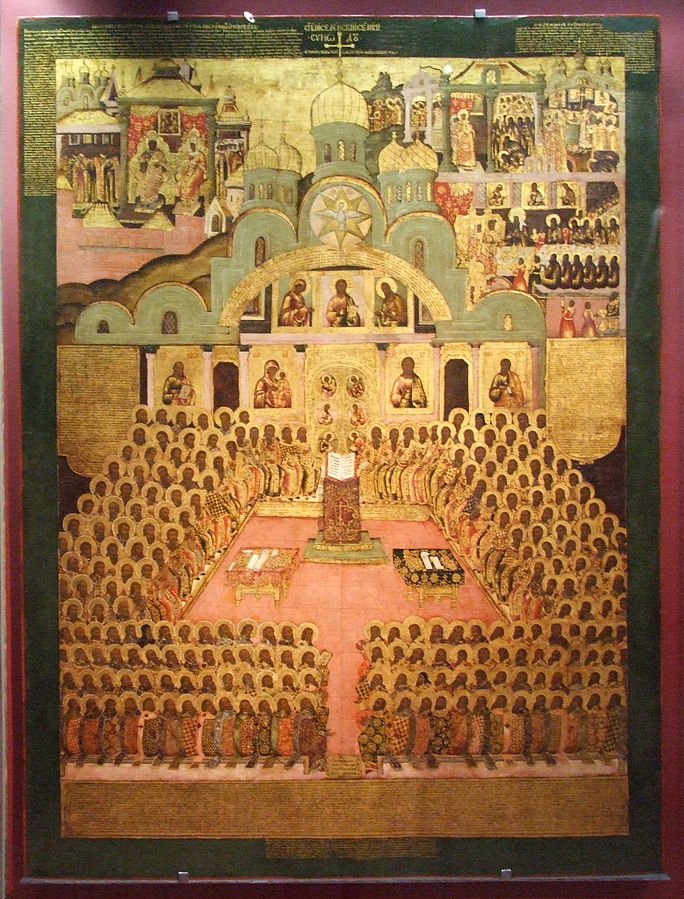
Here is an excerpt of what the Council said (my emphases added):
“We define that the holy icons, whether in color, mosaic, or some other material, should be exhibited in the holy churches of God, on the sacred vessels and liturgical vestments, on the walls, furnishings, and in houses and along the roads, namely the icons of our Lord God and Savior Jesus Christ, that of our Lady the Theotokos, those of the venerable angels and those of all saintly people. Whenever these representations are contemplated, they will cause those who look at them to commemorate and love their prototype. We define also that they should be kissed and that they are an object of veneration (dulia) and honor (timitiki proskynisis), but not of real worship (latreia), which is reserved for Him Who is the subject of our faith and is proper for the divine nature, … which is in effect transmitted to the prototype; he who venerates the icon, venerated in it the reality for which it stands.” The Council of Trent in the 16th century, incidentally, repeated much of this text and actually commanded ‘that images of Christ, the Virgin Mother of God, and other saints are to be held and kept…’
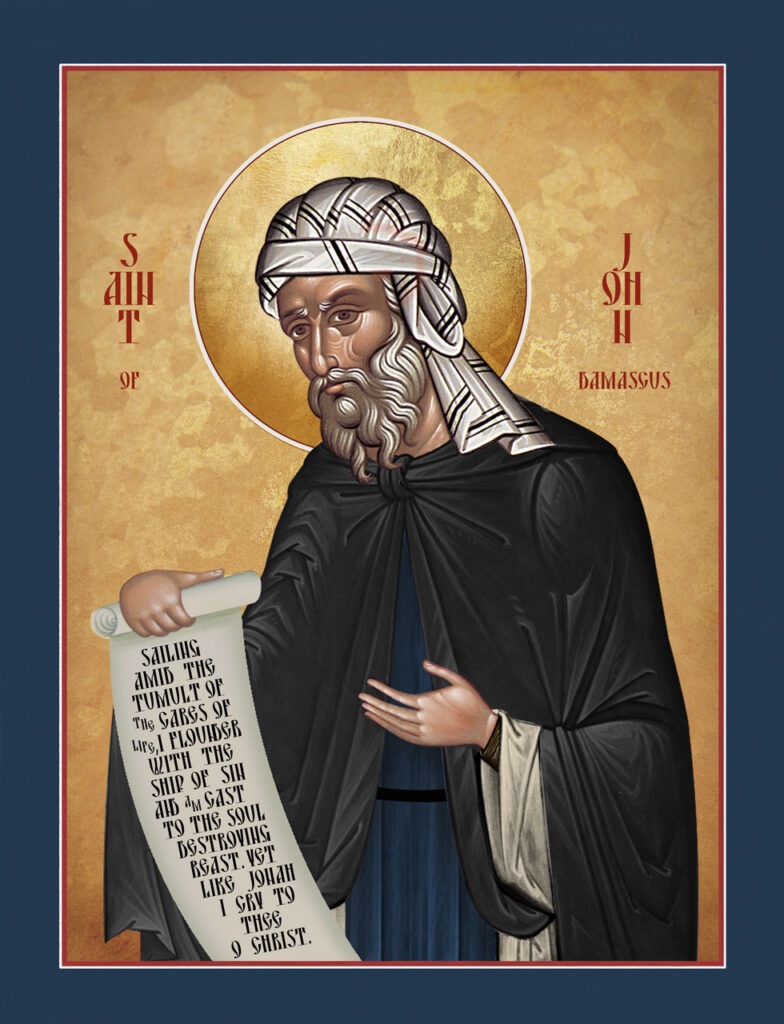
This is important because through the veneration of something that is material and visible, the painting, we can, by a leap of our imaginations, give worship or veneration to the real person in heaven. This practice develops the faculty within us of thinking analogously so that when we see visible signs, symbols and images, our imaginations jump so much more naturally to the object signified which we can’t see, and ultimately to God. When this faculty is highly developed anything that is beautiful or any aspect of God’s creation can take us, by a leap of imagination to the One who created it, or who inspired its beauty, that is God who is Beauty itself. This is a powerful force for the establishment and retention of faith, for when this faculty within us is highly developed, all that we can perceive directs us to the reality of things we can’t.
The Seventh Ecumenical Council didn’t stop the iconoclasm immediately, because there was dispute over what exactly constituted a holy image worthy of veneration. A clarification was supplied by a theologian in the 9th century called St Theodore the Studite. According to St Theodore’s definition, an image that bears the name of the person, written on the painting legibly, and captures the essential characteristics of the likeness is worthy of veneration. It is not so much a portrait that is required as the inclusion of accepted features and attributes of the person as held by tradition. So, for example, St Paul is always bald, and St Isaias has tongs and a piece of hot coal, shaggy hair and a beard.
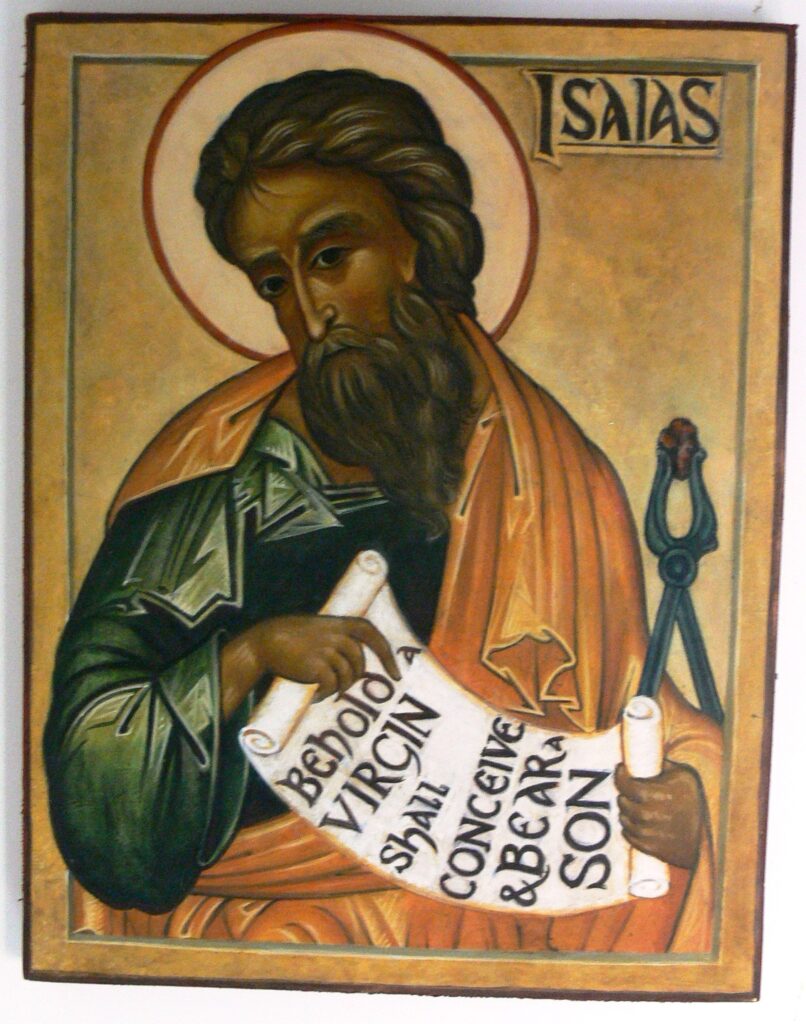
St Thomas’s 4th Way and How it Helps to Explain the Importance of the Veneration of Images
To understand even more deeply just how important it is that we venerate holy images in conjunction with the worship of God, we can consider St Thomas’s 4th Way, which is one of his so-called ‘proofs’ for the existence of God.
Here it is as described in the Summa:
The fourth way is taken from the gradation to be found in things. Among beings, there are some more and some less good, true, noble and the like. But “more” and “less” are predicated of different things, according as they resemble in their different ways something which is the maximum, as a thing is said to be hotter according as it more nearly resembles that which is hottest; so that there is something which is truest, something best, something noblest and, consequently, something which is uttermost being; for those things that are greatest in truth are greatest in being, as it is written in Metaph. ii. Now the maximum in any genus is the cause of all in that genus; as fire, which is the maximum heat, is the cause of all hot things. Therefore there must also be something which is to all beings the cause of their being, goodness, and every other perfection; and this we call God.
Put another way: we observe degrees of perfection of properties found in beings (good, better, better still…etc), and by analogy this establishes a hierarchy of beings with that property and this hierarchy indicates to us that there is something at the top of the tree, which might not be otherwise known, but which is the greatest in each property. In turn, and again by analogy, we see that the best in all categories exists in a single being which contains all attributes of being in perfection, which is Being itself. All lesser beings owe their existence to that greatest possible Being and are said to ‘participate’ in that fullness of Being.
I have been told that St Thomas thought that this was the most powerful argument for the existence of God. I suggest that it is indeed powerful, but a useful way of thinking about it is not by trying to get people to understand the argument so that they convert. Rather, it describes a natural mode of thinking in those who already have faith, that is, they think analogously. Those who think analogously perceive naturally that all things are interrelated, and that each element within it and the pattern of interrelatedness as a whole points to the existence of an invisible pinnacle of existence, who is God.
Those who think like this look at the beauty and order of the created world, and instinctively attribute it to a Creator. They look at beautiful artifacts made by man, and his loving and graceful actions and they recognize that all are inspired by One who is Goodness and Beauty itself. They see the natural hierarchies that exist in creation and delight in them for they point to the pinnacle of Being itself. So, for example, all that is living is greater than that which is inanimate, animals are greater than plantlife, and man is the greatest of all animals and distinct from them because he has an intellect and will. The recognition of this scale of perfection will increase our natural aptitude for faith in God.
Furthermore, there are also natural hierarchies of authority that exist in a good society – children respect their parents, students listen to teachers, subjects listen to their rulers and so on. Those who by first inclination respect these natural authorities and even delight in good parents, teachers and leaders are more likely to be people of faith than those who don’t, for these hierarchies of power and authority indicate to them, again by analogy, the One who has all power and ultimate authority.
Those who respond in this way may not be able to articulate how they think or define the terms in such a way that would make a philosophy professor happy, but it doesn’t mean that they are not thinking in that way. For so many who have faith, they are engaging in 4th-Way thinking deep in their hearts, naturally and intuitively, and in response to the world around them.
It seems to me that those who naturally think analogously and respond to beauty are predisposed to be faithful. And It is as much cause as it is effect. This being so, the more effectively we can stimulate this mode of thinking in people who are at first not inclined to think in this way, then the more likely it is that they will be receptive to the idea of God. With such people, the need to make arguments about the existence of God will be less, for just by looking around them would respond with awe and wonder and upon reflection with a natural desire for God. At that point it may need us to supply revealed truth for them to become Christians, but they will be ready to hear it from us. Furthermore, if the faithful in the Church could have this mode of thinking continuously stimulated and nourished within them, they would be far less likely ever to lose their faith.
How then can we encourage 4th-Way thinking?
What I am describing here, this 4th-Way manner of looking at things, is an aspect of man’s natural desire for God. In this sense it is natural to all people. Like all instincts this way of thinking can be cultivated by external influences or it can be suppressed and mis-directed.
Contrary to what we may think, it is not easy to suppress and mis-direct natural and good instincts. It typically takes an aggressive anti-Christian education right up to graduate level to do so. The simplest answer (although this is not easy to follow), therefore to allow this natural way of thinking to flourish is to stop the bad education and then, whatever else we do, as a bare minimum to follow the directives of the Council and start venerating and kissing images as part of our worship and devotional actis.
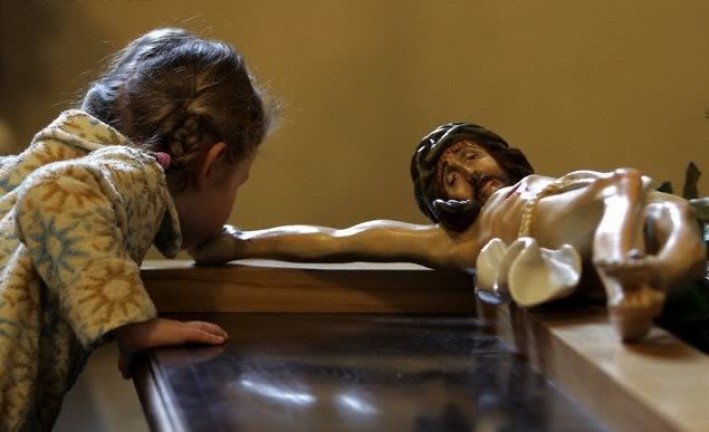
Given the fact that Marxist theory has been applied in public and private education from the youngest through to graduate school, this is easier said than done, however. Their goal is aggressively to educate common sense out of people and indoctrinate them as political activists. This is sadly the majority of main educational institutions today.
Today, this probably means avoiding the public schools and universities and then choosing very carefully where to go in privately run institutions.
However, there are positive things that can be done to encourage 4th-Way thinking too, and many of these can be done in the home. We can have an icon corner and venerate the images there, for example.
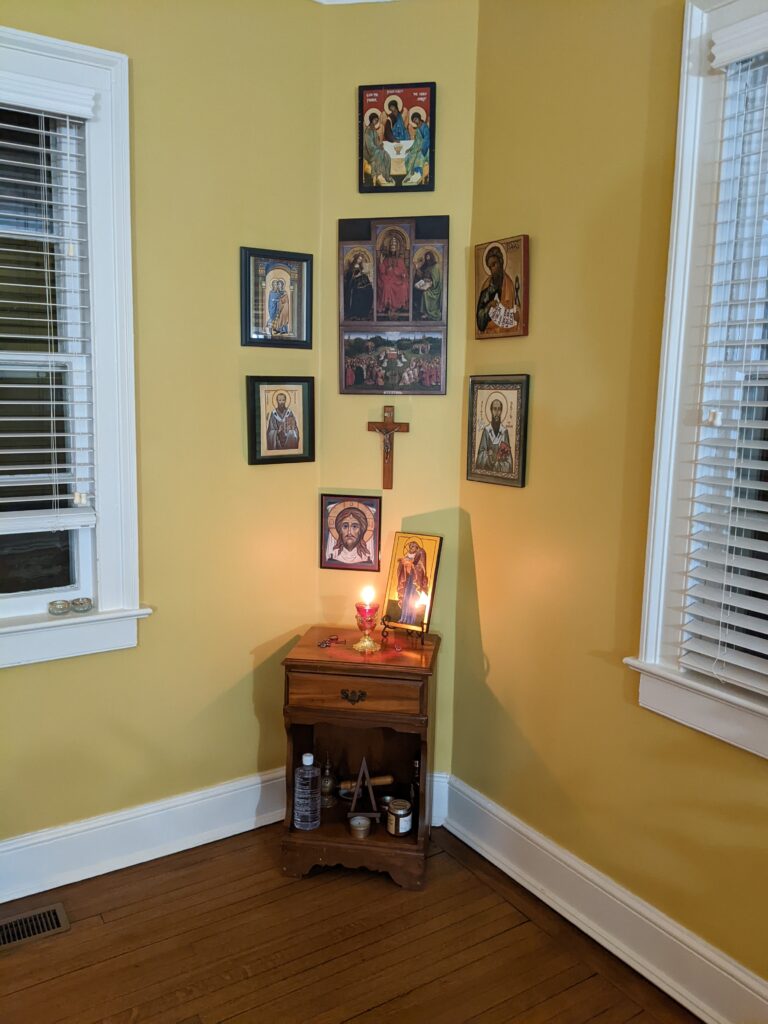
The broad aims of an education that would promote this manner of thinking, would be as follows: We can strive wherever possible to emphasize and promote the natural hierarchies in society; to create a culture that is in harmony with divine beauty; and for each of us to strive to be people whose behavior speaks of One greater than us, who inspires great love and self-sacrifice in us.
How do we form ourselves and the rest of the faithful to be such examples of faith?
It is the veneration of holy images, especially in connection to the highest expression of love for God – worship – that we are transformed into people who act and think in this way most powerfully. When we venerate an icon we understand that the respect we show is transferred to its prototype; and furthermore, we understand that there are different degrees and kinds of respect that are appropriate. Sacred art does this so powerfully precisely because it is visible and tangible. Through the material we grasp the spiritual and invisible truths at work in sacred liturgy that they point to. This deepens our participation in the liturgy profoundly, and leads in turn to our supernatural transformation, by which we partake of the divine nature, we become walking icons of Christ.
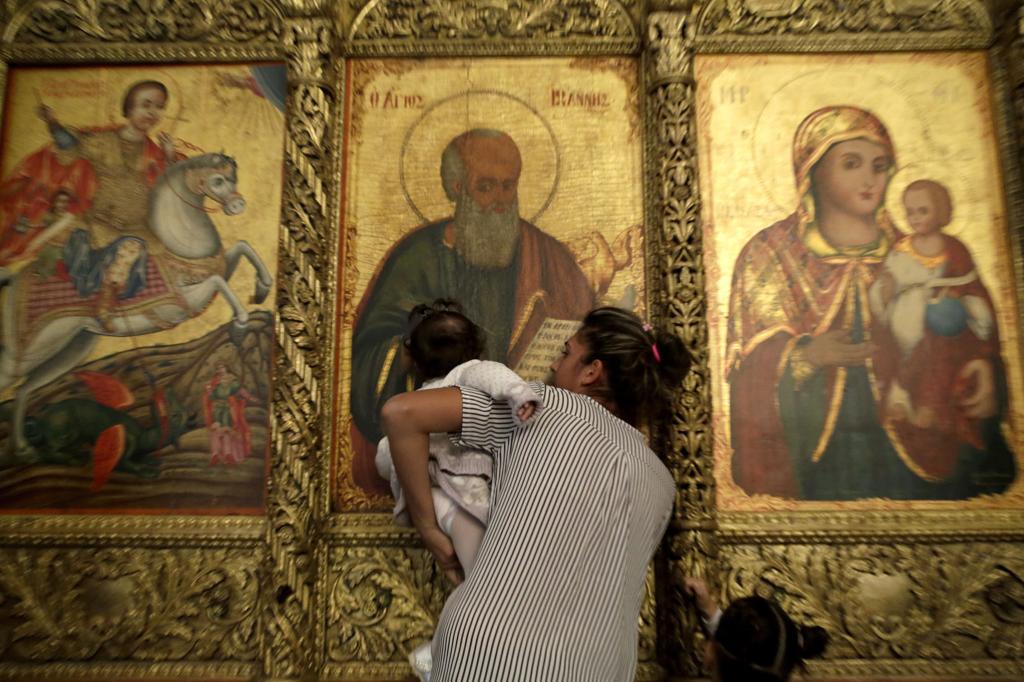
When we cease to pray with images they become superfluous to our worship and this, in turn, undermines further the authenticity of our worship. What might seem at first just a minor neglect opens the way to a chain of progression that has direct consequences on us and our faith. First, what started as neglect for the use of images can become a hatred for them and we will see iconoclasm. This will lead in turn to a general rejection of the authority of the Church and the inversion of the hierarchy of being which seeks to bring ‘god’ down to us (rather than allowing him to draw us up to Him by our partaking of the divine nature). The end of this steady reduction of faith is atheism, which rejects Him altogether.
I believe that so many problems of the Church and hence society today might be traced back to this. For 200 years or so, perhaps more, we have forgotten how to engage with sacred art in our worship. Until devout Catholics once again engage actively with sacred images in the act of worshiping God, in the liturgy, we will not stop the decline in the faith that we see in the West.
One cannot underestimate the importance of this or how far from this ideal we have strayed today. In the Roman Church, it seems, we so often give away freely what saints in centuries past fought so hard to defend. Catholics should be aware that this neglect is as present in the celebration of the Extraordinary Form as it is in the Ordinary Form. Even if there is good sacred art on the walls of the church building, in both forms of celebration of the Mass, the art it is largely incidental to the form of worship which is an internalized, even an eyes-closed activity that reduces the role of art and architecture, at best, to that of a beautiful but irrelevant backdrop.
Those who want to destroy the faith understand the need for the destruction of a culture of beauty, beautiful images and the natural hierarchies in society better than we Christians do, it seems. They systematically remove all beauty, and order from our culture, they establish the idea in our artists that beauty and image have no place in art, they glorify ugliness and they destroy all signs of the natural hierarchies and authorities in society – family, nation and Church.
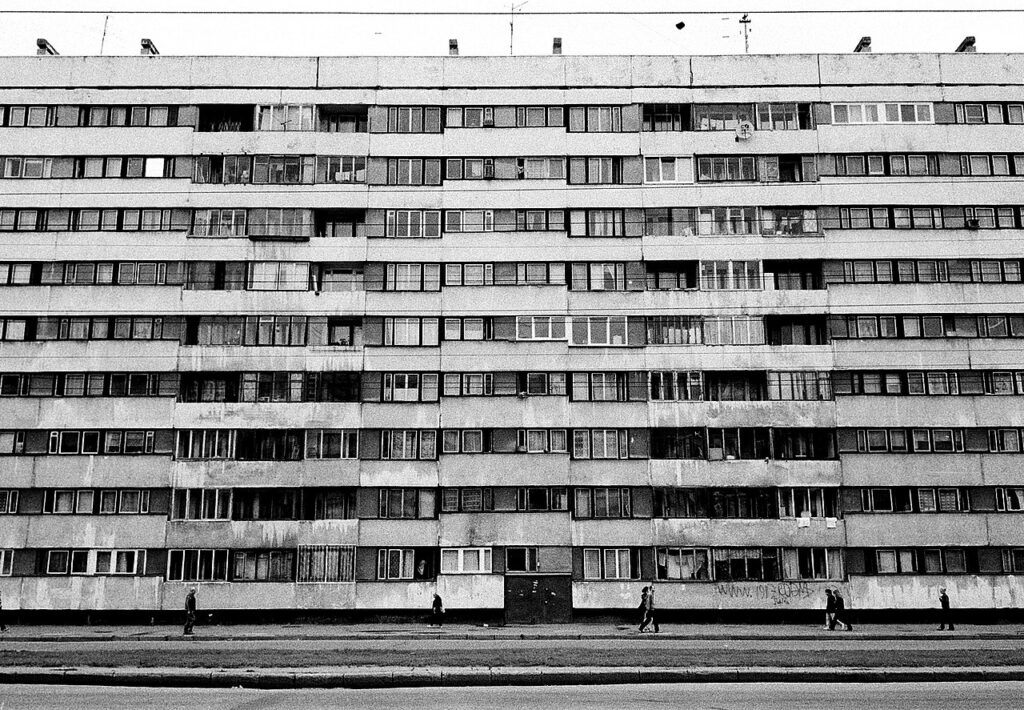
It runs right down to the little things – social graces and good manners are natural modes of behavior that indicate respect for others in accordance with the natural hierarchy. Even consideration of what we wear can send out visual messages. It is right to dress up on certain occasions, and even the seemingly innocent trend of no longer wearing ‘Sunday best’ for church contributes to the destruction of the faith more than we imagine, for it tells others that we don’t respect the Person we encounter in church.
Natural beauty is appreciated by most today, but man is not seen as part of it. Instead he is considered by many to today as inferior to it so that all human activity is an unwanted and destructive imposition upon it. The only way to save the planet, for those who think in this way, is to restrict man’s activity. And the easiest way to do this is to aim to reduce the number of people. This is why abortion and contraception are promoted across the globe. This culture of death is not just anti-human, it is profoundly anti-God.
All of this shows us how sacred art impacts nearly every aspect of human living and why the Church commanded us to create it and to use it!
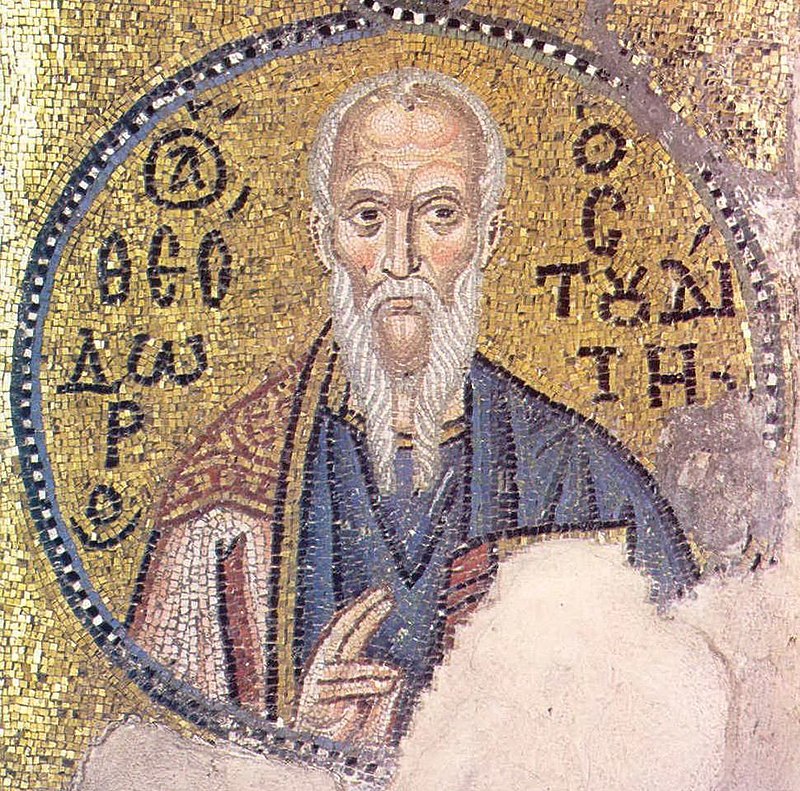
From the Beauty | David Clayton | Educating For Beauty & Wisdom | Marxism | Sacred Art series
View more Posts